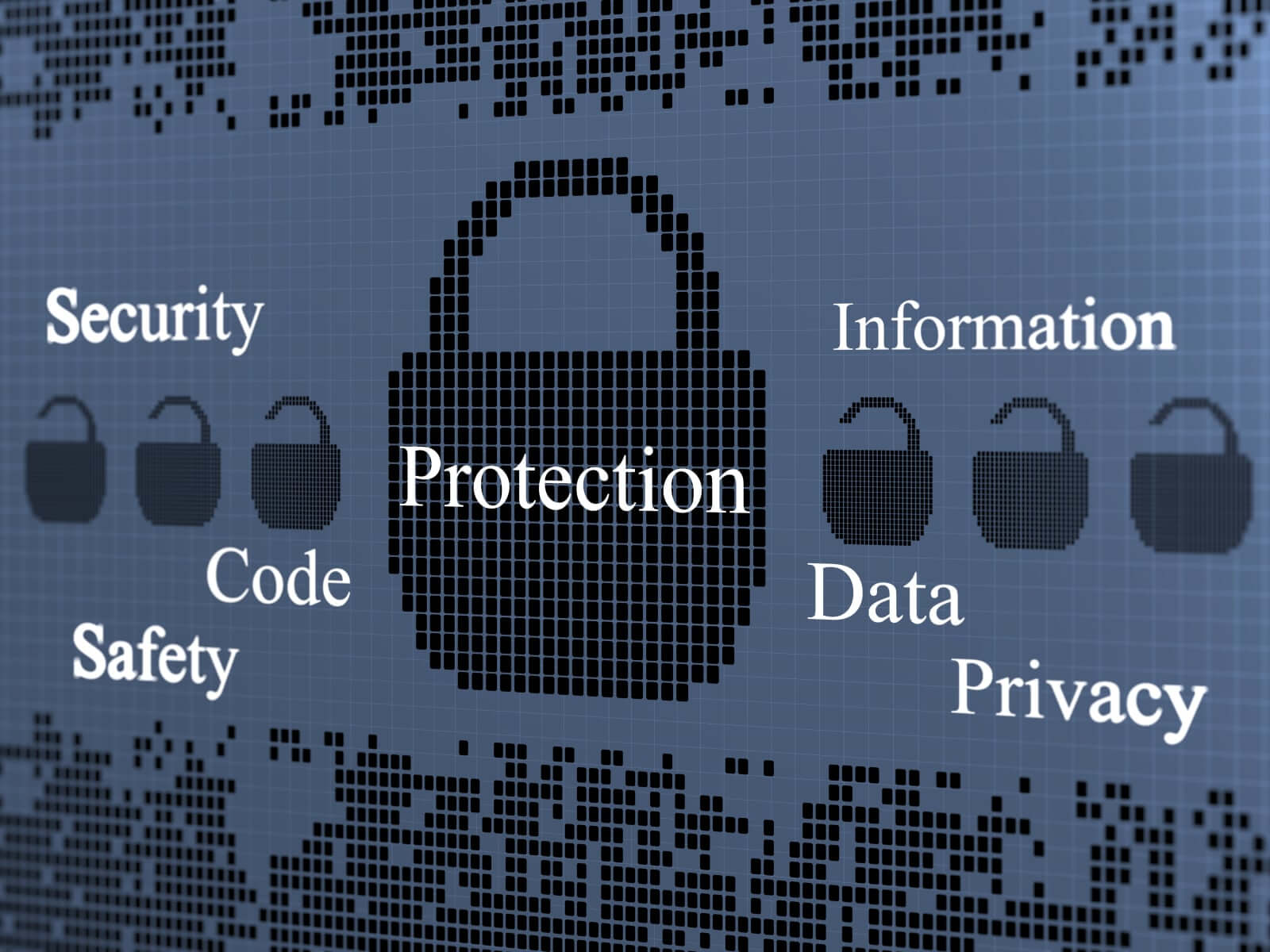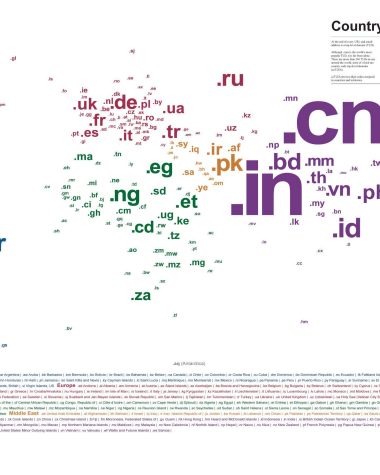Phishing is one of the oldest yet most effective cyber threats out there. Despite advancements in technology and security, phishing attacks continue to compromise sensitive information and catch even vigilant users off-guard.
One crucial element that plays a pivotal role in the success rate of phishing attacks is the manipulation of domain names. Understanding how domain names are utilized can help both organizations and individuals become more resilient to these types of cyber-attacks.
The Role of Domain Names
Before diving into the intricacies of phishing schemes involving domain names, let’s clarify what a domain name is. A domain name is essentially the address of a website. When you type www.google.com into your web browser, for instance, the domain name helps your browser locate Google’s servers.
Domain names are considered a fundamental element of web navigation, providing a more straightforward way to find websites without needing to remember numerical IP addresses. This ubiquity and trust make them an attractive target for phishing attackers.
Types of Domain Name Manipulations in Phishing Attacks
Typosquatting
One of the simplest yet highly effective ways attackers manipulate domain names is by relying on human error. In what’s known as “typosquatting,” attackers register domains that are misspelled versions of popular websites.
For example, instead of www.facebook.com, an attacker might register www.facebok.com. Unsuspecting users who make a typo while entering the URL could land on the malicious site, which often mimics the legitimate site’s appearance to harvest login details.
IDN Homograph Attacks
Internationalized Domain Names (IDNs) allow domain names to include characters from various scripts and languages. While this is great for globalization, it’s also ripe for exploitation. Attackers use characters that look similar but are technically different to mimic established domains.
For instance, they might use the Cyrillic “а” instead of the Latin “a” to create a domain that looks strikingly similar to a legitimate one.
Subdomain Trickery
In this method, attackers use subdomains to make a URL look legitimate. For instance, the URL www.google.com.evil.com might appear at first glance to be associated with Google, but it’s actually a subdomain of evil.com.
Punycode Attacks
Punycode is a way to represent Unicode within the limited character subset of ASCII used for Internet hostnames. Attackers can use Punycode to register domains that visually resemble well-known websites but lead to malicious destinations.
Social Engineering and Domain Names
The effectiveness of domain manipulation isn’t just technical; it relies on social engineering. By mimicking legitimate websites closely, attackers can deceive users into believing they are interacting with a trusted entity. Often these fake websites will include HTTPS and SSL certificates to appear more legitimate.
How to Protect Yourself and Your Organization
Vigilance: Always double-check the domain name in the address bar before entering any sensitive information.
Use Bookmarking: For important websites, like your banking portal, use bookmarks to eliminate the risk of typos.
Multi-Factor Authentication (MFA): Enabling MFA adds an extra layer of security that can help even if login information is compromised.
Security Software: Use advanced security software that can detect and warn you about malicious websites.
Employee Training: In organizations, regular training sessions can keep staff updated on the latest phishing tactics.
Regular Updates: Keep all your software and systems updated to fix security vulnerabilities that might be exploited.
Domain names play a significant role in the success of phishing attacks, but understanding the techniques used in domain manipulation can equip you with the tools to spot them. Vigilance and education remain your best defense against these types of attacks.
As technology evolves, so will phishing tactics, making it imperative to stay updated on the latest security risks and protective measures.
The Evolution of Domain Name Phishing
As cyber-security measures become more advanced, so do the tactics employed by phishers. In recent years, we’ve seen a proliferation of increasingly complex domain name manipulation techniques aimed at evading detection. This includes but is not limited to:
Machine Learning Algorithms
Some sophisticated phishing campaigns now employ machine learning algorithms to determine which combinations of domain name misspellings are most likely to trick users.
Domain Generation Algorithms (DGAs)
DGAs create new, random domain names at regular intervals, making it harder for security tools to blacklist malicious URLs. These generated domain names often serve as rendezvous points for malware and the command and control servers that manage them.
Fast-Flux DNS
Fast-Flux DNS techniques keep changing the IP address associated with a malicious domain. This makes it harder to track and shut down the rogue site, as it continually “moves” across the Internet.
Use of Established Domains
Instead of creating new, suspicious-looking domains, some attackers compromise well-known websites and use them to host phishing content. This tactic takes advantage of the trust users and security tools place in long-established domains.
Legal and Regulatory Aspects
Understanding the legal landscape can also aid in protection and recovery efforts. Laws such as the Anti-Phishing Act in the United States and similar regulations in other countries aim to penalize those caught engaging in phishing activities. Unfortunately, given the international nature of the web, enforcing these laws across borders can be challenging.
Future Trends and Emerging Risks
With the advent of technologies like blockchain and Decentralized Web, new avenues may open up for phishing attacks. While these technologies promise enhanced security and privacy, they could also offer phishers more ways to conceal their activities. Thus, staying ahead in the cyber-security landscape requires constant vigilance and adaptability.
The manipulation of domain names in phishing attacks continues to be a significant threat, taking on increasingly sophisticated forms.
Awareness is a crucial first step, but it’s not sufficient by itself. Implementing a layered security approach—incorporating technological solutions, continuous education, and proactive policies—is essential for both individuals and organizations to defend against these evolving threats.
In this digital age, your personal information is more valuable than ever. Phishers are continually devising new ways to deceive and exploit. It’s up to us to understand these techniques and take proactive measures to protect our data. Your domain name awareness is not just a one-time checklist but an ongoing practice in maintaining your cyber hygiene.
5 Most Known Examples of Domain Phishing
Domain phishing has been at the heart of some of the most notable cyber-attacks in history. These examples showcase the ingenuity of attackers and serve as important lessons for cyber hygiene. Below are five instances that made headlines and rattled industries:
1. eBay 2014 Phishing Attack
One of the most significant attacks was the eBay phishing campaign in 2014. Attackers compromised an employee’s login credentials and accessed eBay’s internal network. They didn’t stop there; they set up domain names that resembled eBay’s own, fooling customers into entering their information. This resulted in the compromise of data belonging to 145 million users. The domains were almost identical to eBay’s, making it difficult for users to detect the scam.
2. Google Docs Scam 2017
In May 2017, a clever phishing attack masquerading as a Google Docs invitation hit countless email inboxes. While the domain used didn’t directly mimic Google’s, it exploited trust in Google’s ecosystem.
Users were directed to a page that looked exactly like the Google Docs login page, hosted on a Google domain with a complex subdomain structure that seemed legitimate. The attack spread rapidly before Google intervened.
3. PayPal Phishing Schemes
PayPal has been a perennial target for phishers, thanks to its widespread use for online transactions. Multiple instances have occurred where attackers registered domain names closely resembling PayPal’s, sometimes even using SSL certificates to make them appear more authentic. For example, using domains like PayPall.com or Pay-Pal.com have tricked users into giving away their login details.
4. Bank of America
Financial institutions are high-value targets for phishing attacks. In a well-publicized case, a phishing campaign aimed at Bank of America customers involved domains that were eerily similar to the bank’s actual domain.
The phishing site was set up to look like the actual login page for the bank, capturing customer data as they attempted to login. The domain name manipulation was subtle enough to go unnoticed by a majority of users initially.
5. Dropbox Phishing Attacks
Dropbox is another service that has fallen victim to domain phishing. Given the platform’s popularity for both personal and business use, it’s an attractive target.
In one instance, the attackers used a compromised WordPress site to host a page that looked identical to the Dropbox login page. The domain used was not similar to Dropbox but was masked using a URL shortener, making it difficult for users to identify the deception.
Lessons to Be Learned
These examples are cautionary tales that underscore the importance of vigilance and education. They reveal the ease with which domain names can be manipulated to serve malicious ends, exploiting even the most reputable of brands.
Always remember to scrutinize the URL, look for HTTPS (though even this is not a guarantee of safety), and be skeptical of unsolicited communications asking for personal information, no matter how authentic they seem.
Cybersecurity is an evolving field, but the role of human error and complacency remains constant. Stay educated, stay updated, and always be on the lookout for the ever-evolving tactics of domain phishing attacks.









